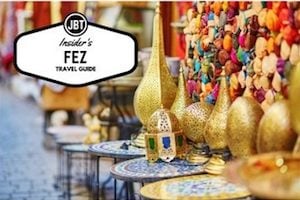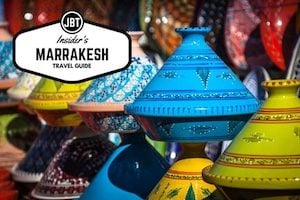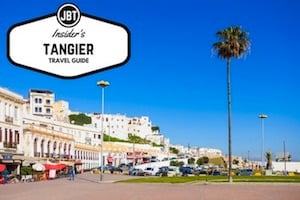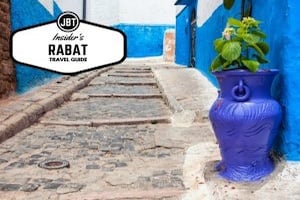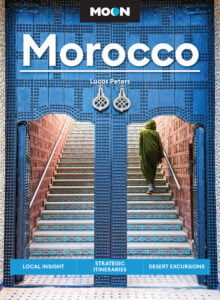
Kiss Me Honey
Marrakech is in one of the most sensational and culturally vibrant regions in all of Morocco. Located in Central Morocco, Marrakech is surrounded on the south by Jebel Toubkal and a meandering river running through the Todra Gorge. Marrakech is a few miles from the desert for those taking trips through the Tizi n’Tichka Pass. Tourism has been growing in Marrakech by leaps and bounds over the last few years. Here are some of Marrakech’s top attractions that make a visit worth your while.
Marrakech history is quite rich despite its southerly location. Three sides of the city are isolated by either desert or mountains. For many the surprise comes when they learn that African, Arab, and European settler4s have been able to settle in the vast area for so many years. They managed to get through the barriers of yesteryear to make Marrakech the final destination of the trans Saharan trade route.
Marrakech was often the center for historical and cultural actions as dynasties came and went. It is this long history anda vibrant mix of Berber villages that gives rise to our top six attractions one might like to enjoy while on a Morocco tour with Journey Beyond Travel.
Our Top Six Marrakech Morocco Attractions:
1. This first site you will want to visit is the Medina. Most of the monuments housed in Marrakech are found within the Medina ramparts. It is important when visiting the Medina that you have a city map or tour operator connect you with a tour guide. It can be very easy to get turned around in the Souqs and palaces.
The tallest structure is the Koutoubia Minaret. You can also orient yourself with this structure as you visit the shops and monuments within the Medina.

The Squre in Marrakech
2. DJemma El-FNA is the main square of Marrakech. It is here that the open air theater/festivities offer up an unusual treat. As you move through the square you can see oboes calming cobras, water sellers clanging brass cups together, and the ubiquitous cafes. These cafes sit on balconies where you can oversee the entire area watching other tourists go by and the goings on of the city streets. Gnaoua Musicians play throughout the square, offering you music while you eat or shop. A Morocco family tour stop in Djemma El-Fna will provide enough culture shock for days to come.
3. The Ali Ben Youssef Medersa is an older building where you can look up at the entry hall and examine the carved cedar cupolas and lattice screens. The Medersa has a theological college near the courtyard of the building. You will be surrounded by Hispano- Moresque architecture and decor with five color mosaics and Kufic stucco. In the 14th century this building was erected as a Quranic learning center. It is also close to the Ali Ben Youssef Mosque, which is not open to the public, but you can enjoy the view from outside.
4. The Koutoubia is another mosque of Marrakech. Five times a day you can listen to the voices sounding over the walls. The mosque was built in the 12th century with a high tower. It resembles the Seville’s La Giralda in Spain and Le Tour Hassan in Rabat. In fact these two buildings were patterned after the Marrakech Mosque. Keystone arches, jagged merlons, and wonderful mathematic designs welcome visitors. You cannot walk inside the mosque unless you are Muslim, but the gardens are open to anyone.

A Slice of Heaven
5.The famed Bahia Place is a palace decorated by the Grand Vizier Si Moussa in the 1860’s. Carved stucco, inlaid woodwork and much more greet guests at this ancient building. Only 8 hectares of the palace and 150 rooms are open to the public to see. Yet you can still see the essence of the building.
6. Not the last place to visit in Marrakech, but the sixth on our list is the Saadian Tombs. The tombs were built for Saadian Sultan Ahmed el-Mansour. Italian Carrara marble and gilding honeycomb plasterwork with gold archways makes up the tomb. The chamber of Gold Pillars is by far the most exciting chamber of the tombs. There is also the Chamber of three Niches where alpha male princes are buried. The tomb dates back to the 16th century, with El- Mansour’s death in 1603. He built the tomb before his death.
by Sam Mitchell

